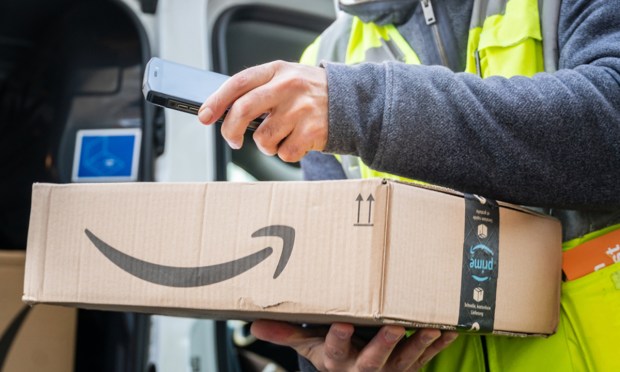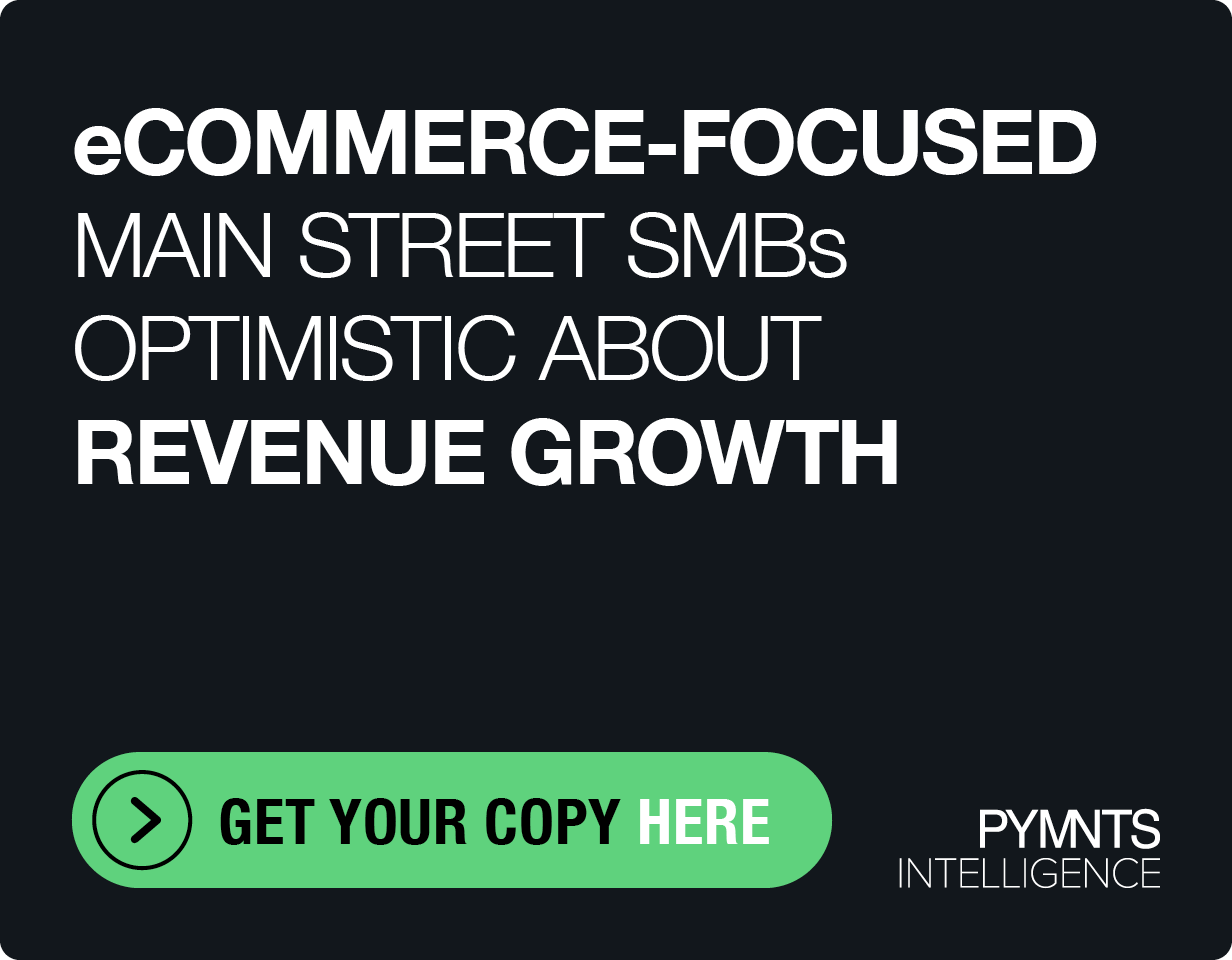AWS: Retailers and Brands Partner With Platforms to Drive Innovation

As we finish the first month of the new year, more and more businesses are putting 2023 innovations into action and hoping to see results.
The focus on results takes place within the backdrop of the preceding year, which centered on the revival of physical retail and the implementation of artificial intelligence (AI) to improve efficiency and offer more personalized consumer experiences. This puts retail giants like Amazon, Walmart and Shopify in a position to collaborate with businesses, especially those that are budget conscious, to meet these goals.
“The first, and often most important step, is for retailers to get clear on their business goals,” said Justin Honaman, head of Worldwide Retail & Consumer Packaged Goods GTM at Amazon Web Services (AWS) in an interview with PYMNTS.
“Are you reducing cost? Transforming to digital native? Experimenting with generative AI? It’s challenging to do all this at the same time, and even more challenging when you’re going it alone.”
Depending on the company’s goals, whether it pertains to efficiency, in-store experiences or online experiences, the solution could vary.
Artificial Intelligence
The first big tool anyone can ever talk about these days is AI.
“Generative AI has, by far, the most potential to change the industry,” Honaman said.
With that in mind, Amazon has made several advancements in AI, the latest being the unveiling of a generative AI tool specifically designed to handle customer queries.
Moreover, Amazon uses generative AI across different applications, such as helping sellers create product descriptions and improving brand product offerings through tools like the Fit Insights Tool which can in turn reduce returns.
Amazon also offers an AI solution that aims to refine the overall customer review experience.
Other players to make AI contributions to enhance the customer experience include Etsy, which recently launched a hub that combines AI and human curation to assist shoppers in discovering gifts for various occasions.
In a Jan. 24 announcement, Etsy CEO Josh Silverman highlighted that the new Gift Mode is interactive and aids shoppers in exploring gifts tailored to the recipient’s specific interests.
Read more: Etsy Launches AI-Powered Shopping Tool for Selecting Gifts
RFID Technology
“Unattended payments technology is about more than just efficiency and convenience — it represents the new face of payments, helping to maintain quality customer experience, service and loyalty,” said PYMNTS Intelligence in its “Digital Payments Tracker Series Report” with Discover.
And while radio frequency identification (RFID) technology has been around for quite some time, it gained attention at the National Retail Federation’s NRF trade show, particularly Amazon’s Just Walk Out concept, which aims to make the checkout process seemingly nonexistent.
In September, Amazon shared that its Just Walk Out concept has become popular in entertainment venues, airports, universities, groceries, convenience stores and stadiums across the U.S., U.K., and Australia.
Read more: Amazon Brings ‘Just Walk Out’ Tech to Apparel Retailers
And in a non-retail related note, Amazon also announced that its technology made its way to hospitals, with “badge pay” for doctors, nurses and healthcare staff.
Buy Buttons
In 1995, when Amazon introduced its one-click buy button, it wasn’t just a convenience; it marked a significant shift — a simple way to make online payments on this emerging platform known as the web.
Today, according to a recent PYMNTS report, 60% of merchants drive conversions with buy buttons.
Today, Amazon’s buy button has evolved and now includes Buy With Prime, which enables external merchants to sell listed products directly from their websites. Additionally, it provides access to Amazon’s payment and fulfillment services during checkout, enabling shoppers to leverage their Prime membership perks, including free delivery.
In September, Amazon revealed enhancements to the program, including cart functionality that enables shoppers to buy multiple Buy with Prime items in a single transaction.
Read more: Amazon Launches Buy With Prime Merchant Tools Aimed at Increasing Conversions
Amazon has also teamed up with Shopify and BigCommerce, allowing merchants on these platforms to use Amazon’s Buy with Prime feature.
A more recent Buy With Prime development involves the integration of Buy with Prime with Salesforce Commerce Cloud.
Read more: Amazon Integrates Buy With Prime With Salesforce Commerce Cloud
However, Amazon is not alone in extending the convenience of its buy button to others. Shopify also introduced its Shop Pay checkout as a standalone component, making it available to enterprise retailers. Through this option, retailers who are not using Shopify as their primary platform can integrate Shop Pay without the need to overhaul their entire existing infrastructure.
“This is critical optionality in a hyper-competitive retail environment,” Shopify Vice President Product and Chief Operating Officer Kaz Nejatian said during the time of the announcement. “In an economy where big brands are competing more fiercely than ever to acquire customers, they need to pick and choose what they need to boost the top line, without the compromise of a complete platform overhaul.”
Marketplaces
In July, PYMNTS highlighted that small businesses played a pivotal role in making the Prime Day event of 2023, the most extensive to date. Their contribution exceeded 375 million items sold, surpassing even Amazon’s own retail business.
Additionally, PYMNTS reported that Amazon had expressed its intention to spotlight small businesses.
Read more: Amazon Says Prime Day 2023 Will Highlight Small Business
Meahwhile in 2023, Walmart boosted its third-party marketplace. And it was reported that third-party sellers were dedicating a greater portion of their advertising resources to Walmart’s marketplace.
Yet, while Walmart concentrates on the U.S., Canada, and Mexico, Amazon holds a global advantage by operating in 22 countries. Third-party sellers remain crucial on both platforms, with Amazon securing a 73% share of total online sales in the second quarter of 2023.
Walmart, in contrast, maintains a reserved approach regarding the number of vendors in its marketplace, unlike Amazon, which boasts a vast array of third-party sellers.
Despite trailing Amazon, Walmart has shown promising growth in its U.S. operations, with double-digit increases in eCommerce sales over the past two quarters, driven by strengths in its grocery segment.
Read more: Walmart Hopes Third-Party Marketplace Will Snag Holiday Spend From Amazon
What’s to Come in 2024
According to Honaman, livestreaming is becoming a big deal for many retailers. In the U.S., sales from livestream commerce are expected to triple from $17 billion in 2022 to $55 billion in 2026. Younger generations, who are comfortable with videos on their phones, really like the combo of entertainment and shopping.
“Integrating entertainment with shopping is a great combination to engage them and influence their purchases,” Honaman said.
He also points out that physical stores are still a go-to for people to check out and buy stuff. But the hassles like long lines and slow checkouts can be a downer for both shoppers and staff.
But there’s more to expect.
“We’ll be sure to share more, when the time comes,” Honaman said.
Amazon is set to announce its results for the fourth quarter of 2023 on Thursday (Feb 1).

